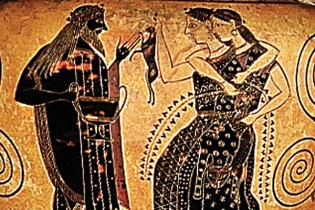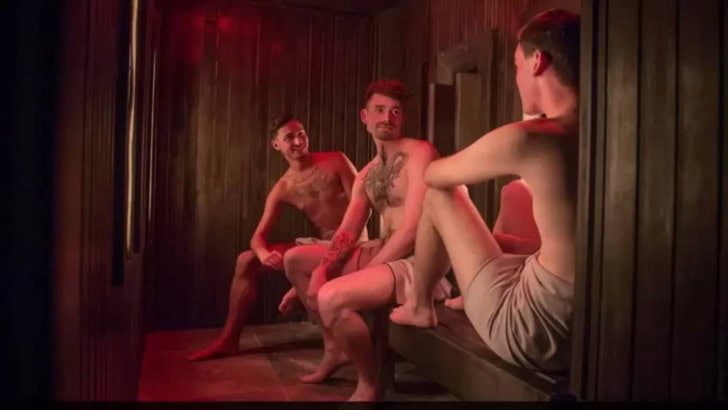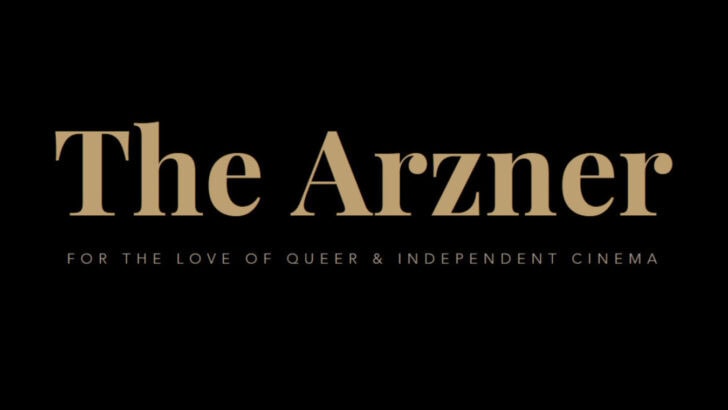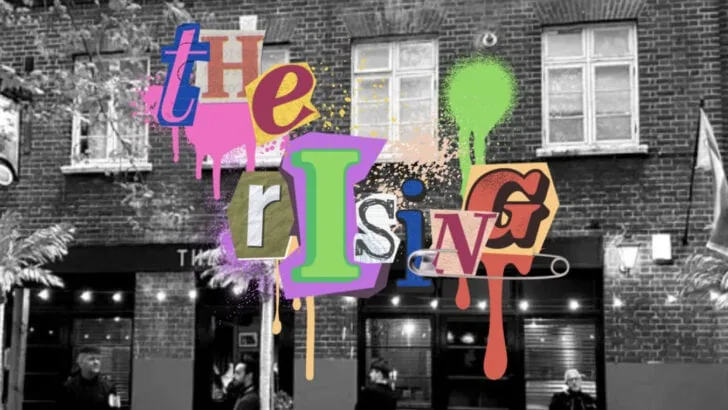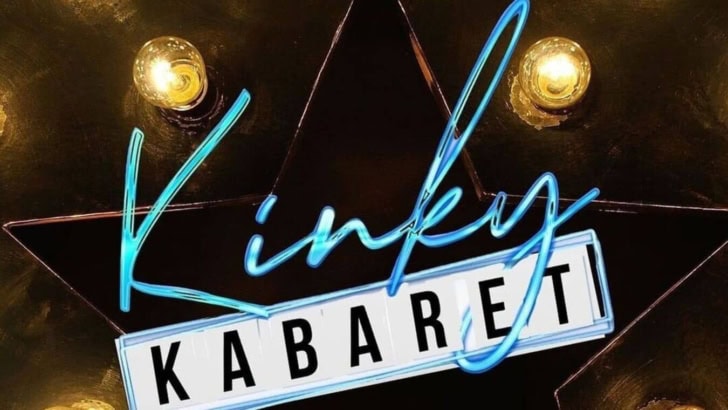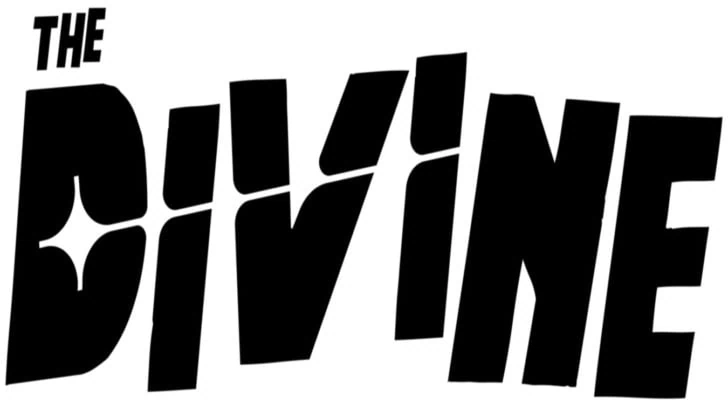David McGillivray’s gay history series. Part 1 of many: 2,500 years of gay theatre.
VANITY AND LOVE OF APPLAUSE
A can of sexually ambiguous worms will be opened over the next few weeks. It appears to us today that gay men have been represented on the stage since theatre began. But we can’t possibly know for sure what those characters meant to the audiences who saw them. Our concept of homosexuality has existed only since the late 19th century. Prior to that there was no openly gay culture, only sodomy – acceptable as a rite of passage in Ancient Greece and Rome, condemned as a sin thereafter. Even during most of the 20th century, while homosexuality remained a crime, characters that now seem queer to us were never identified as such. “When do fussy bachelors and mannish spinsters get to be perceived as homosexuals?” asks historian Alan Sinfield.
Strictly speaking there is no gay theatre as we understand the phrase until the 1960s. What is gay theatre? Michael Paller, author of Gentlemen Callers, astutely defines it as a tacit acknowledgment “that there are homosexuals on both sides of the footlights.” Gay plays don’t have to be written by gay men. More confusingly some gay plays have no gay characters in them. To understand such anomalies, we have to travel much farther back in time than the 1960s. For one reason, most historians agree that theatre and gay men go together like Hinge and Bracket. “Theatre and homosexuals are inseparable companions,” confirms Carl Miller, author of Stages of Desire, “intimately involved with each other for as long as anyone can tell.”
“The stage offers an opportunity for the homosexual to obtain power and authority which he would fear to fight for in real life.”
This involvement certainly goes back as far as the first London theatres. Critic Nicholas de Jongh discovered that “Since the late 16th century the theatre has been described as rampantly homosexual.” Why should this be? In Sexual Inversion (1896), the first medical textbook on homosexuality, Havelock Ellis states that gay men exhibit “vanity and love of applause.” This theory was supported until shortly before Gay Lib. Yoti Lane, author of The Psychology of the Actor (1959), writes that “The stage offers an opportunity for the homosexual to obtain power and authority which he would fear to fight for in real life.” Even today it’s nice to be a part of the only milieu where we’re in the majority. Ian McKellen once joked (?) that the main reason he became an actor was that “I’d heard everyone in the theatre was queer.”
Nowadays there’s no shortage of books about gay theatre. But often the writers argue with each other about what is and isn’t gay. The more you read, the more you suspect that gay historians believe what they want to believe. It’s only natural to want to reclaim as much as possible from the accepted heterosexual view of the past. But all that can be said with certainty is that, for the past 2,500 years, theatre has shown us themes and characters to which we can relate. Let’s begin by looking at some of the earliest.
IT’S ALL GREEK
For hundreds of years we’ve adored the Ancient Greeks because they invented just about everything that’s important to us – democracy, homosexuality, physical fitness, and theatre. Theatre, drama, comedy, tragedy and scene are all Greek words, while some would say that the Greek word for actor – hypokrites – still describes the acting profession very aptly. Only men were allowed on the Grecian stage (this tradition survived into the 20th century AD in some societies) and so it can be argued that the Greeks also invented drag.
In the new documentary Making the Boys, playwright Mart Crowley remembers that, on the opening night of his groundbreaking gay comedy The Boys in the Band, he worried that the audience wouldn’t laugh. A friend reassured him, “They’ve been laughing at fags since Aristophanes.” The comedies of Aristophanes (c.446-c.386 BC) are completely bonkers and continue to influence all kinds of humour today, particularly surreal, bawdy and satirical stuff. His eleven extant plays include jokes about men’s sexual relationships with boys. But the work of Aristophanes doesn’t have an overwhelmingly gay texture.
The tragedian Euripides (pictured) (c.480-406 BC) is another dish of moussaka. Like Aeschylus and Sophocles, he probably wrote at least one play in which male lovers were the central characters. But they’re all lost. “The disappearance of these plays, along with the seven books of Sappho,” says historian Louis Crompton, “is probably the greatest loss the gay and lesbian heritage has known.” When he was over 70, Euripides became attracted to the effeminate poet and playwright Agathon. Aristophanes pokes fun at this relationship in his play The Poet and the Women.
GREAT GAY PLAYS
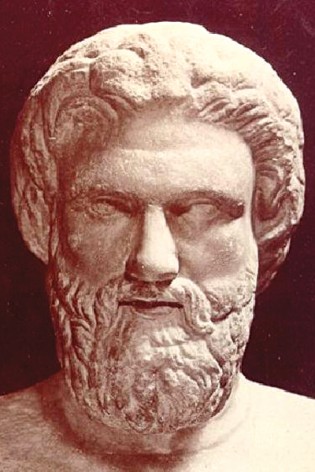
It’s tempting to believe that the comic potential of men in women’s clothes derives from this crazy comedy by Aristophanes. Mnesilochus is shaved and dragged up so that he can infiltrate a women’s festival. Then effeminate youth Cleisthenes also turns up and chaos ensues.
The Bacchae (405 BC)
The same sort of thing happens in Euripides’ play. Dionysus convinces Pentheus that the only way he can spy on Dionysus’ sex-mad female followers, the Bacchae, is to disguise himself as a woman. Greek drama seems to us to establish the convention that it’s amusing for men reluctantly to put on women’s clothes.
DRAMA QUEENS PART 2: ANCIENT AND IMPERIAL ROME, MEDIEVAL EUROPE
